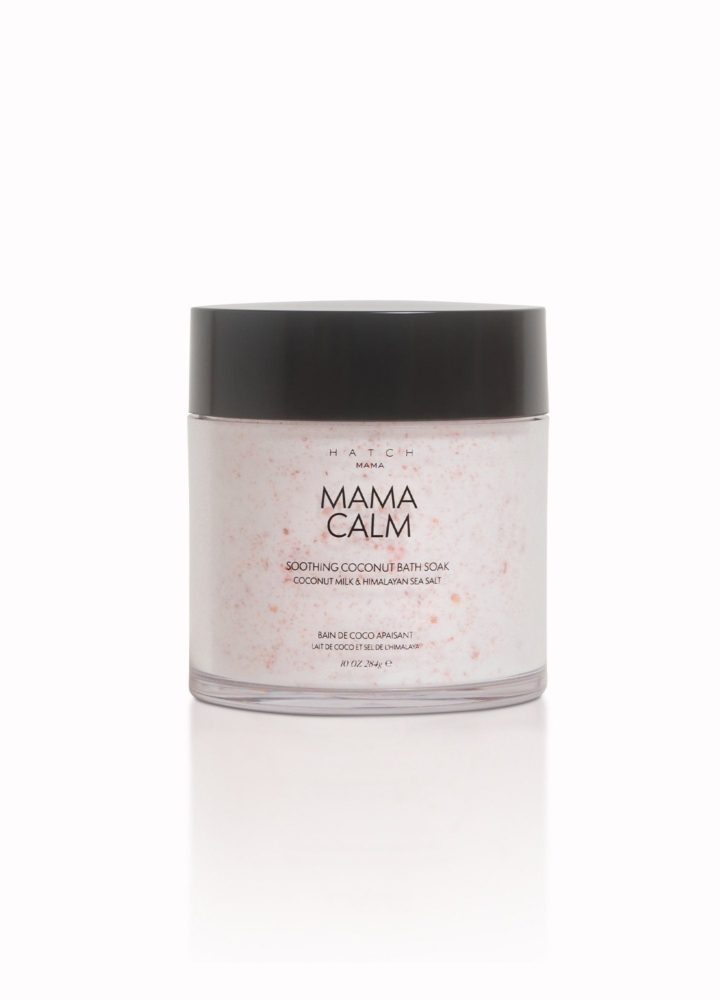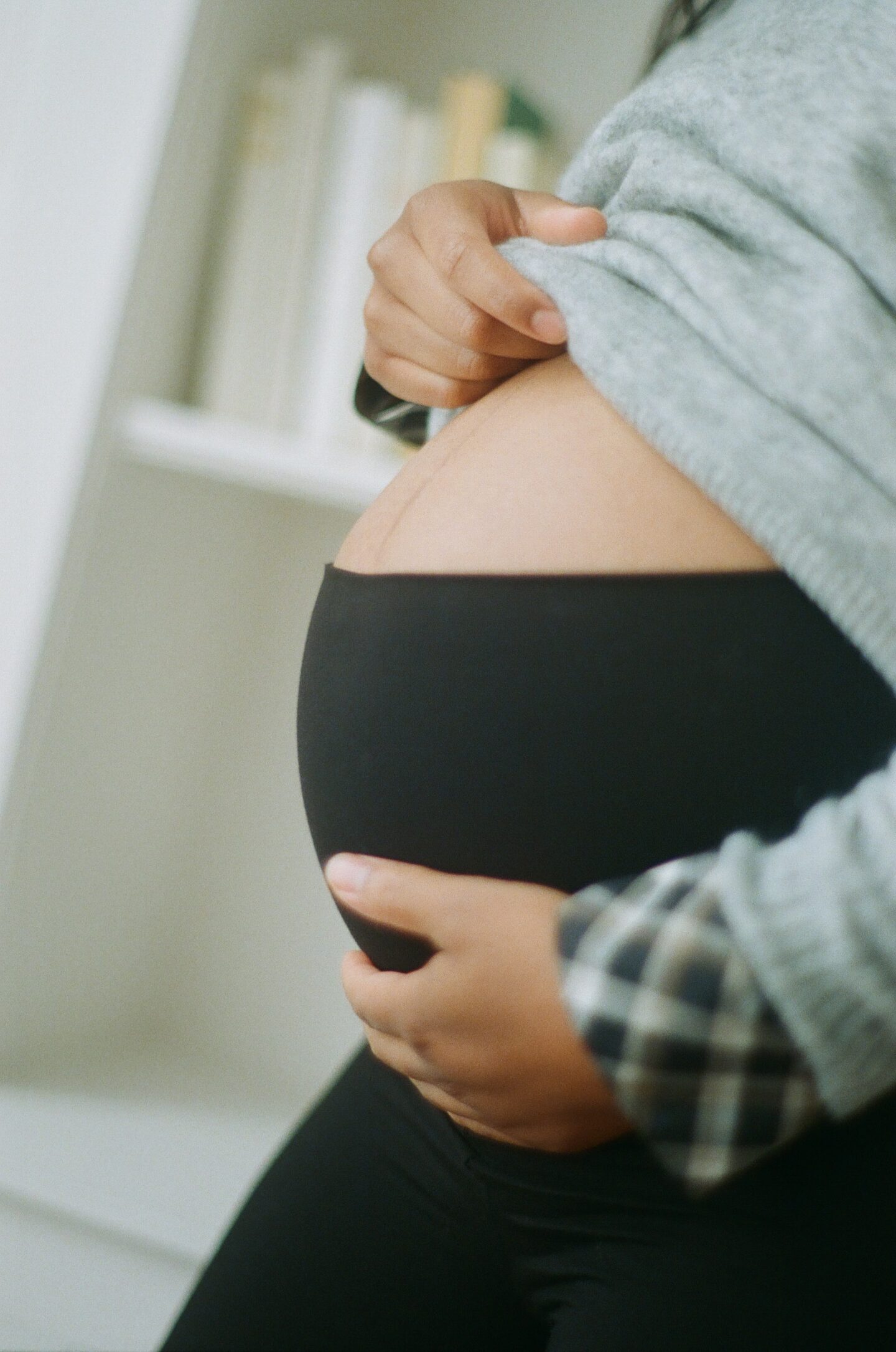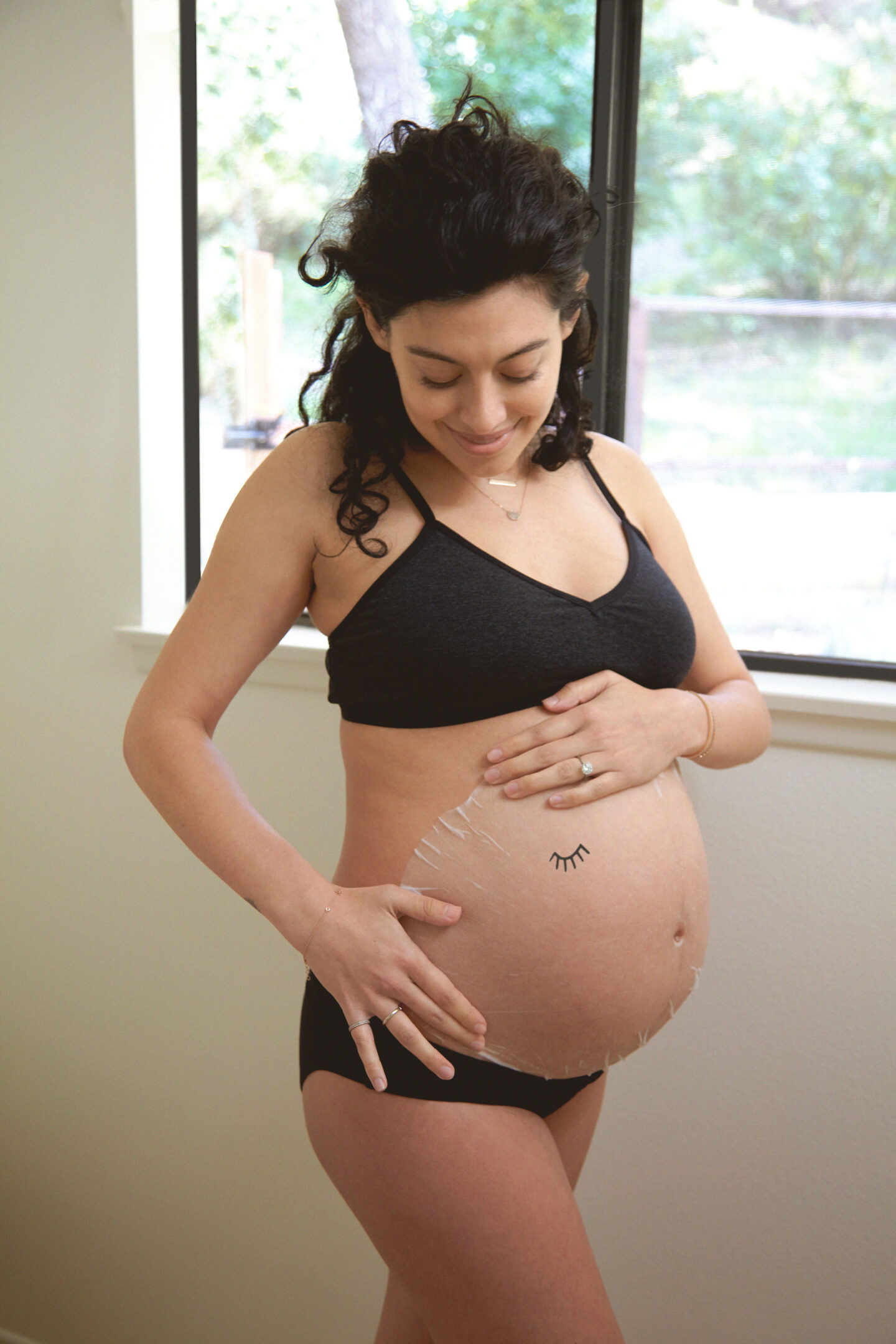Between a growing baby, shifting and relaxing ligaments in your pelvis, and increased blood volume, discomfort around your pelvic region is nearly unavoidable for a pregnant woman.
Pregnant women experience pelvic pain while climbing stairs, getting out of a car, or while getting dressed. Your first time experiencing pelvic pain isn’t usually one that ends up tucked between the pages of the baby book you’re working on.
Luckily, pelvic pain and discomfort during pregnancy are fairly normal. Rest assured, knowing that while sometimes alarming, pelvic pain during pregnancy is usually not a cause for alarm, and there are solutions for you. Yes, HATCH is on the way.
Keep reading for our four best remedies for pelvic discomfort while pregnant:
What Causes Pelvic Pain and Discomfort During Pregnancy?
Pelvic pain and discomfort during pregnancy may be scary, but it’s actually quite normal, especially if it occurs during the second trimester and third trimesters rather than during early pregnancy.
The specific cause of your pelvic discomfort may vary, but often, the culprit is a combination of the weight of your growing baby (thank you, gravity) and the loosening of your ligaments caused by the hormone relaxin. Together, this is one of the most common causes of pelvic pain and low back pain for pregnant women.
Relaxin is released by your body during the second and third trimesters to help prepare your joints for giving birth. It relaxes your ligaments, which sometimes includes your pelvic joints as well, and contributes to the backaches and pelvic pain you may be feeling as you near your due date. The combination of more weight on looser joints is a perfect recipe for pelvic pressure and discomfort, a common pregnancy symptom.
In severe cases, this loosening of the ligaments might be a risk factor for a condition called SPD. SPD is pelvic discomfort or pain that impacts your day-to-day life — you may feel severe pain while stepping out of a car or stepping into your new shoes.
Other Causes of Pelvic Pain
Other, less common causes of pelvic pain and discomfort may include digestive issues (such as gas, constipation, or bloating) as well as urinary tract infections (UTIs). In both of these cases, the pain can possibly become severe and radiate to your pelvic area.
Less common (but still likely innocuous) is pelvic pressure, pain, or discomfort during the first trimester. If you find yourself experiencing this, know that there are a few possible causes, including constipation, pain, and cramping from an expanding uterus. It may also be the result of the weight gain brought on by your bump, which means this pain is likely to subside postpartum.
When To Ask for Help
If you’re experiencing pelvic pain during pregnancy and aren’t sure of the cause, definitely talk to your Ob/Gyn or healthcare provider. They’ll be able to assess the situation and let you know what’s going on, as well as provide suggestions for remedies as your pregnancy progresses.
What Are the Symptoms of SPD and Other Causes of Pelvic Discomfort?
The primary symptoms of SPD and other women’s health issues that cause pregnancy-related pelvic girdle pain (PGP) are, of course, pain in your pelvic area — that is, pain in and around your pelvic region, including your hips and upper thighs. This pain might be mild, or you might experience shooting or radiating pain through your lower abdomen, pelvic area, pubic bone, and thigh.
Less common symptoms associated with SPD and PGP include difficulty going to the bathroom, general fatigue, and a grinding or clicking sound with movement.
We know this all sounds horrible, but don’t stress. There are a few possible remedies out there to help you deal with pesky pelvic pain or discomfort. Keep reading for our best solutions and how to make the rest of your baby bump era bump-in-the-road-free.
Preventing Pain In the First Place
Your best bet for managing pelvic pain and discomfort is to prevent it from occurring in the first place. With SPD and other types of pelvic girdle pain, pain is usually associated with specific motions. These might include turning over in bed, going up or down stairs, moving your legs apart (to get out of a car), or standing on one leg (to put on a pair of comfy pants).
Avoiding these motions might seem impossible, but there are some workarounds you can try. For instance, you might sit down to put your pants, shoes, and socks on instead of doing so while standing (which is basically pregnancy parkour).
Invest in a comfortable pregnancy pillow and try sleeping in a comfortable position on your side, with pillows propping up your hips and lower back. Take stairs one at a time, or even move up the stairs backward. Keep your knees together when exiting a car.
These little efforts can make a world of difference in your pelvic discomfort. Just like helping your bestie with the guest list for the baby shower will prevent any awkward situations.
Support Options
At HATCH, we love to talk about shopping. This next section isn’t about maternity clothes but about other items that might earn a spot on your shopping list.
Another strategy to deal with PGP and SPD is investing in some supportive measures, such as crutches or a support belt. Pelvic support belts sit under your growing belly and help support its weight, providing some relief to your hips and pelvic area. Taking a bit of the weight off your pelvic joints may help mitigate the pain or discomfort you’re feeling.
If you decide to use crutches to manage the pain, consider investing in a backpack that you like as well, so you can carry around items you need and use the crutches at the same time. Either of these options is great for taking the growing weight of your little one off your hips and pelvic girdle.
Try Physiotherapy
When dealing with pelvic pain and discomfort, specific movements can exacerbate the pain — but others can improve it over time. Try heading to a certified physical therapist or physiotherapist to get some PT on your hips and pelvic region. Before starting, you might want to ask your Ob/Gyn for a recommendation for a physiotherapist who specializes in treating awesome pregnant ladies like yourself.
Your PT might massage and stretch the area or have you perform exercises in water (which will support and cushion those painful joints). They could also teach you some exercises, such as pelvic rolls, pelvic tilts, and strengthening exercises for your hips, pelvic floor, and lower back. Some might recommend acupuncture or using ice packs around the affected area to manage the swelling.
Definitely seek out the advice of a specialized physiotherapist or another healthcare provider before utilizing physical therapy to manage your pain. Since certain movements might make your pain worse, it’s best to get the advice of an expert when it comes to PT for pelvic pain.
Relaxation Techniques To Help With Pain Relief
By far, one of your best options for managing pain with symphysis pubis dysfunction or other types of pelvic pain is seeking relaxation strategies, such as a prenatal massage, warm bath, or even just getting cozy in bed (laying on your side, of course).
Pre-Natal Massage
You might really appreciate a massage so much so that you momentarily consider naming your baby after them. Truly, a licensed massage therapist who specializes in prenatal massages could just be your new BFF.
They’ll be able to safely target your pelvic region and massage your thighs, hip area, and lower back to provide the relief you’re craving.
Take a Bath
Taking a soothing warm bath can also help with pelvic pain. The heat will automatically relax those tense muscles and joints, and the soothing ritual can help you manage any anxiety or distress you’re dealing with. You can even turn that bath into a full-on bedtime relaxation ritual.
We’re talking go all in. Pull out your fav Belly & Body Bath Soak. Let the unique combination of coconut milk, Himalayan sea salt, and acacia fiber soothe your joints (and your mind). Then, lather on your go-to lotion and get ready for the most chill vibes you’ve ever encountered.
Light a eucalyptus or lavender-scented candle, and slip on your coziest set of maternity PJs. (In fact, we’d recommend this nighttime routine to any mama-to-be, joint pain or not!)
And for an immediate fix to your pelvic pain, try getting in bed, lying on your side (preferably propped up with some supportive pillows), focusing on your breathing, or distracting yourself with your favorite TV show or a good book.
Hot tip: Lying on your side will safely take the weight off your hips and pelvic bone.
Take a Deep Breath and Remember: You Got This
During pregnancy, we have so many things on our minds — picking out baby names and colors for the nursery, finding the best prenatal vitamin, and of course, managing symptoms like morning sickness and pelvic pain.
This might seem like one more thing on your long list of priorities to manage, but remember that your comfort and health are the number one concern at all times. You are a superstar, so play your fav motivational Kelly Clarkson song and give yourself a high-five.
At Hatch, we’re here for you — and so are your friends, family, and loved ones. Try physical therapy, relaxation techniques, and support options like crutches, but don’t forget the best — leaning on your support system for help during this time. We’ll be cheering for you every step of the way.
Sources:








